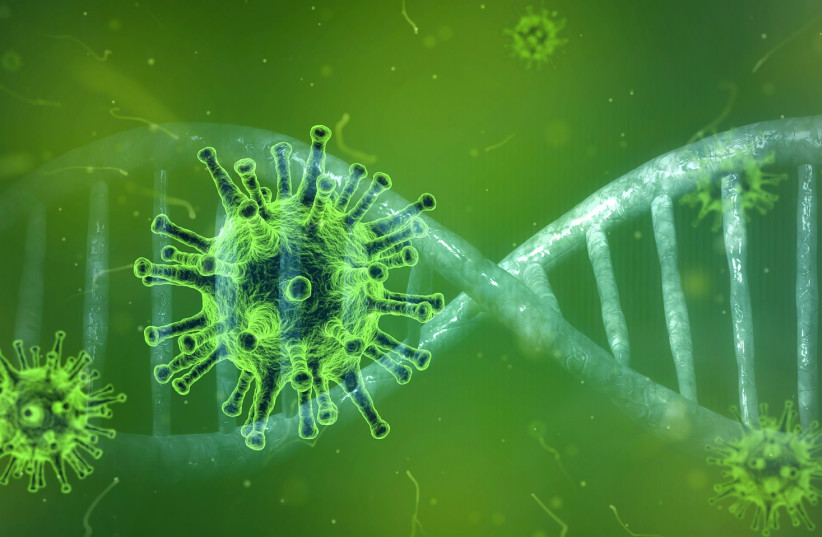In a new study, researchers at Baylor College of Medicine showed the development of a versatile human nose organoid – a laboratory representation of the cells layering the inside of the nose where the first events of a natural viral infection occur.
The groundbreaking findings show key differences between the infection by SARS-CoV-2, the virus that causes COVID-19, and that of respiratory syncytial virus (RSV), a major pediatric respiratory virus, providing clearer knowledge of the first steps toward disease and potentially leading to new therapies.
The research, using a three-dimensional nose organoid system that models the complex interactions between human cells and virus, was recently published in the journal mBIO.
To study the interaction between SARS-CoV-2 or RSV and the nose epithelium, the researchers simulated a natural infection by placing each virus separately on the airside of the culture plates and studying the changes that occurred on the nose organoid.

“In the case of respiratory viruses, such as SARS-CoV-2 and RSV, the infection begins in the nose when one breathes in the virus,” said corresponding author Dr. Pedro Piedra, professor of molecular virology and microbiology, pediatrics and of pharmacology and chemical biology at Baylor. He also is the director of Baylor’s Clinical Laboratory Improvement Amendments (CLIA)-Certified Respiratory Virus Diagnostic Laboratory.
“The human nose organoids we have developed provide access to the inside of the human nose, enabling us to study the early events of the infection in the lab, something we had not had before," he said. "We have successfully developed human nose organoids from both adults and infants.”
This was the first time the team described a non-invasive, reproducible and reliable approach to establish human nose organoids that allow for long-term studies. It is their hope that the novel model will be used to study other respiratory viruses and other disease-causing microbes.
